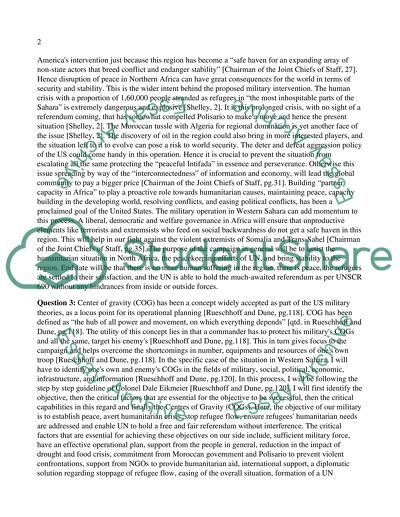Cite this document
(“Warfighting Essay Example | Topics and Well Written Essays - 2500 words”, n.d.)
Warfighting Essay Example | Topics and Well Written Essays - 2500 words. Retrieved from https://studentshare.org/military/1613414-warfighting
Warfighting Essay Example | Topics and Well Written Essays - 2500 words. Retrieved from https://studentshare.org/military/1613414-warfighting
(Warfighting Essay Example | Topics and Well Written Essays - 2500 Words)
Warfighting Essay Example | Topics and Well Written Essays - 2500 Words. https://studentshare.org/military/1613414-warfighting.
Warfighting Essay Example | Topics and Well Written Essays - 2500 Words. https://studentshare.org/military/1613414-warfighting.
“Warfighting Essay Example | Topics and Well Written Essays - 2500 Words”, n.d. https://studentshare.org/military/1613414-warfighting.


